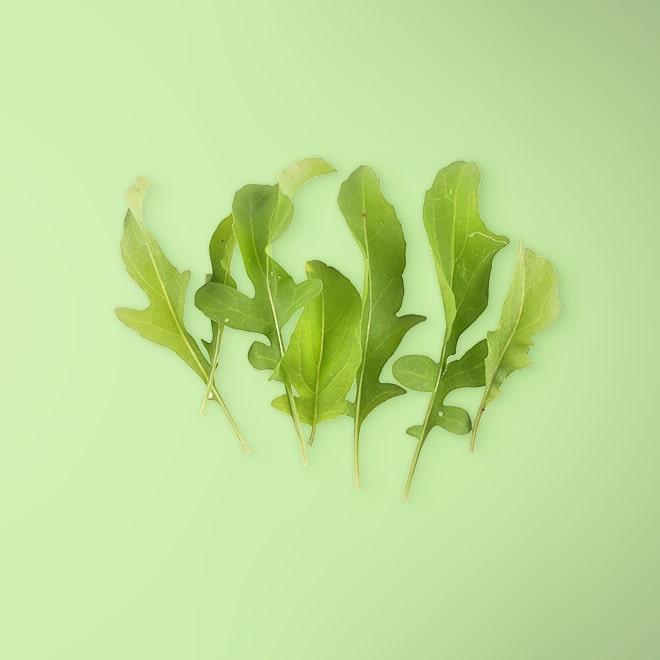Arugula




Arugula is eaten all over the world and goes by many names, such as rocket, rucola, colewort, and arugula, depending on the country. No matter where you’re eating it though, arugula has a strong, peppery and tangy flavor.
Look for dark green leaves with a uniform color. Avoid any yellowing, damaged, wilted or excessively moist-looking leaves.
Larger arugula leaves tend to have a stronger flavor, so they can be cooked successfully without losing all it or used raw by those who like its spicy taste.
Remove the tough stems of bunched arugula and discarded before cleaning.
Clean arugula by placing it a large bowl or basin of cold water. Gently agitate the leaves in the water, letting any dirt fall to the bottom of the bowl. Transfer the clean leaves into a salad spinner, several layers of paper towels or a clean kitchen towel.
Transfer washed arugula to a layer or two of paper towels and gently roll them up. Store in a loosely closed plastic bag in the fridge for up to 2 days.
Arugula is typically served raw as a base green in salads. Due to it’s peppery taste, cut back the amount of pepper you use to season your salads or completely omit it.
Arugula can be lightly cooked, similar to spinach, in sautes, stir-frys, or added to soups. Add it at the end to lightly wilt it, but be warned that it has a stronger flavor and tougher, more fibrous texture than spinach.
Try substituting arugula for basil next time in your pesto for a nice, peppery kick.
A handful of arugula is a great addition for omelettes, smoothies, sandwiches and even topping for baked potatoes.
Studies have suggested that increased consumption of greens like arugula, decreases the risk of obesity, diabetes and heart disease, while promoting a healthy complexion, increased energy, and an overall decrease in weight.
Arugula is a warming herb, so it can be an aid to clearing up lung and sinus congestion. It also a natural alkaline, which can help to balance an over-acidic diet.
Arugula contains chlorophyll, which has shown to be effective in blocking the carcinogenic effects of foods grilled at high temperatures.
Corrections or improvements? Email us at
content@sidechef.com